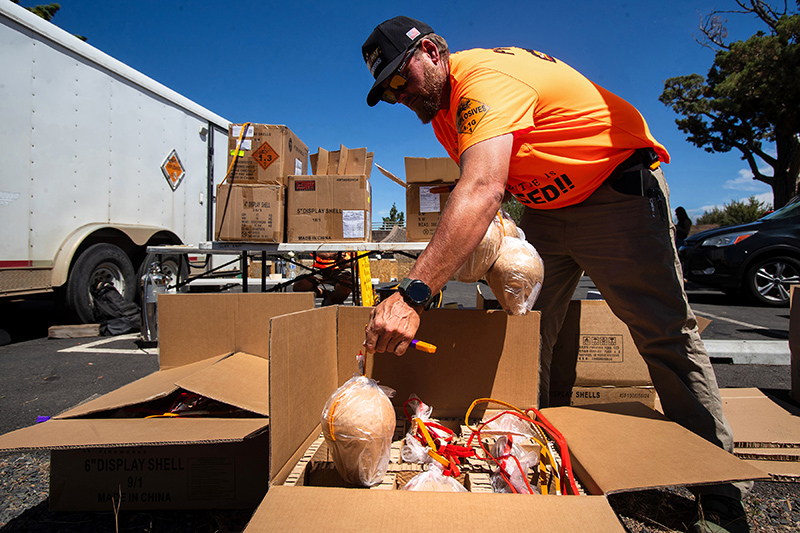Guest column: Don’t slow down Oregon cap-and-trade plan
Published 12:00 am Saturday, February 3, 2018

- Guest Column
This is not the time for the Oregon Senate to slow down and undermine a unique opportunity to create a new cap-and-trade agreement. Instead it is time to quickly enact one. Our planet is heating up at an unprecedented rate. Like the story of the frog that refuses to leap from a pan of tepid water as it is slowly brought to a boil, we seem to be living in a world filled with naysayers and disbelievers who are willing to watch our forests turn to smoke and our farmlands to lifeless deserts until it is far too late.
As a native Oregonian, I refuse to ignore a major issue like climate change that every summer burns more of our world’s forests while allowing insects and disease to undermine their value. Global temperatures are steadily rising, with the three years out of the past four being the hottest on record. Over 2 million acres of U.S. forestland burned in 2017. Forty-three lives were lost, and over 8,400 structures destroyed in California alone last year. Every year the U.S. wildfire season starts earlier and lasts longer and costs more (averaging $125 billion annually). Over the past decade every state in the West set records for the size and cost of fighting what we now call megafires.
We know the underlying cause. It is in the amount of carbon dioxide we have pumped into the atmosphere since the start of the industrial revolution. Now is the time to do something about it.
Our family is leading the way on our 116-acre family tree farm. Located above the Bull Run Watershed just a few miles from where the Eagle Creek Fire burned 48,665 acres this past summer, for over 125 years this small woodland property has been managed for timber production.
Over half a century ago foresters developed yield tables to maximize timber production. These tables show that the growth rates for Douglas fir peak at around 65 years. But today, as investment bankers, not foresters, determine returns, industrial tree farms like Weyerhaeuser are harvesting their timberlands west of the Cascades every 28 years. In contrast, the average age of the timber on our carefully managed tree farm is 72 years of age.
Our tree farm is a valuable commodity with its timber currently worth over a million dollars. But the air we breathe and the planet we live on is worth far more. Soon our family will sign a contract to help limit global warming. We are setting our tree farm aside for carbon sequestration.
In return for the continued increase in carbon retained in our family tree farm compared to nearby industrial timber lands, the states of California, Washington and the province of Ontario, Canada, that currently have cap-and-trade agreements in effect, are willing to pay us to keep this carbon locked up. The money comes from a cap on pollution requiring large polluters that exceed the cap to purchase (or trade) for allowances. To maintain the health of our woodlands, owners who join us in locking up carbon in their timberlands can continue to remove diseased and damaged trees as they die and market the timber to the local mills. This is a model for a future that even China is buying into.
Oregon has led the nation by setting aside our beaches for the public good and being the first to enact a bottle bill. Oregon boomed thanks to the harvesting of its temperate forests that also excel in locking up carbon dioxide.
This is the time for Oregon’s legislature to take advantage of this fact and join the world in passing cap-and-trade legislation, not procrastinate until we all end up like that proverbial boiled frog.
— Jon Stewart is a small woodland owner living in Bend who serves on the Oregon Department of Forestry’s Northwest Regional Forest Practices Committee.








